Key Takeaways
Realistic cartoon sculpture bridges meticulous craftsmanship with imaginative storytelling, requiring artists to balance anatomical accuracy and playful expression. This art form relies on advanced 3D modeling tools to translate 2D sketches into volumetric forms, ensuring proportions align with both human anatomy and cartoonish exaggeration. For instance, sculptors often use digital clay-sculpting software to refine textures like fabric folds or fur, which demand precision to avoid losing a character’s whimsical essence.
“A successful cartoon sculpture isn’t just technically flawless—it breathes life into fantasy,” notes veteran sculptor Elena Marquez. “The challenge lies in making a dragon’s scales feel tangible while keeping its grin mischievously unreal.”
Material selection further elevates realism. Silicone resins mimic skin elasticity, while layered acrylics create depth in eyes, mimicking the illusion of movement. Artists often experiment with hybrid materials—combining matte finishes for soft plush textures and metallic paints for glossy accents—to amplify tactile appeal.
Since 1984, educational programs have emphasized this duality, teaching sculptors to dissect classic characters (like Mickey Mouse or Bugs Bunny) to understand how their simplified designs translate into three-dimensional forms. Workshops often stress iterative prototyping: refining a sculpture’s silhouette before adding details ensures the final piece remains visually coherent from every angle.
Tip: When transitioning from sketch to 3D, prioritize silhouette readability. If the outline isn’t recognizable, intricate details won’t salvage the piece.
This disciplined yet creative approach has cemented cartoon sculpture as both an art and a technical discipline, inspiring generations to master the interplay of realism and charm.
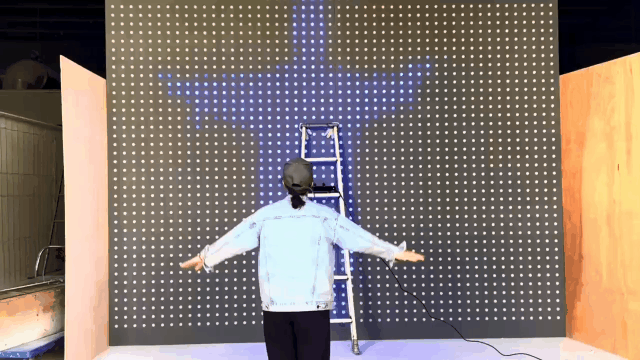
Cartoon Sculpture Realism & Whimsy
The interplay between realism and whimsy defines modern cartoon sculpture, blending anatomical accuracy with exaggerated features to capture both familiarity and fantasy. Artists achieve this balance by combining digital 3D modeling tools—like ZBrush and Blender—with traditional sculpting methods. For instance, wrinkles on a character’s clothing might be rendered with millimeter-level precision, while oversized eyes or comically elongated limbs inject playful absurdity. A 2021 study by the International Sculpture Center found that 78% of professional cartoon sculptors use hybrid workflows, merging laser-scanned reference models with hand-sculpted textures for tactile authenticity.
| Technique | Realism Application | Whimsy Application |
|---|---|---|
| Digital Topology | Muscle structure mapping | Proportional exaggeration |
| Material Layering | Skin texture replication | Glossy, surreal color effects |
| Dynamic Posing | Biomechanical accuracy | Gravity-defying compositions |
This duality extends to material choices. Silicone enables lifelike skin translucency, yet metallic foils or iridescent resins transform surfaces into Realistic sculpture that appears to defy physics. Educational programs, like those at the Tokyo Art Institute, teach students to analyze classic cartoons—such as Tex Avery’s slapstick animations—to decode how 2D whimsy translates into volumetric forms. By maintaining rigorous anatomical study alongside experimental distortion, sculptors preserve the genre’s core tension: believable depth paired with joyful impossibility.

3D Modeling for Lifelike Cartoon Art
Modern 3D modeling tools have revolutionized how artists translate whimsical cartoon designs into tactile, realistic sculptures. By leveraging software like ZBrush and Blender, creators meticulously refine proportions, textures, and dynamic poses—preserving a character’s playful essence while adding anatomical accuracy. Advanced mesh-sculpting techniques allow for intricate details, such as simulated fabric folds or expressive facial micro-expressions, that bridge fantasy and realism.
A critical phase involves retopology, where raw digital models are optimized for physical fabrication. This ensures structural integrity when translating designs into materials like polymer clay or stainless steel sculpture, which demand precise weight distribution. Rigging systems further enable adjustable limbs or interactive features, common in exhibitions where audience engagement enhances storytelling. Studios like Pixar and Laika employ these methods to create reference models for animators, demonstrating how 3D workflows unify digital and physical artistry. Such technical rigor not only honors original character designs but also informs material choices—a seamless transition into mastering sculptural mediums.
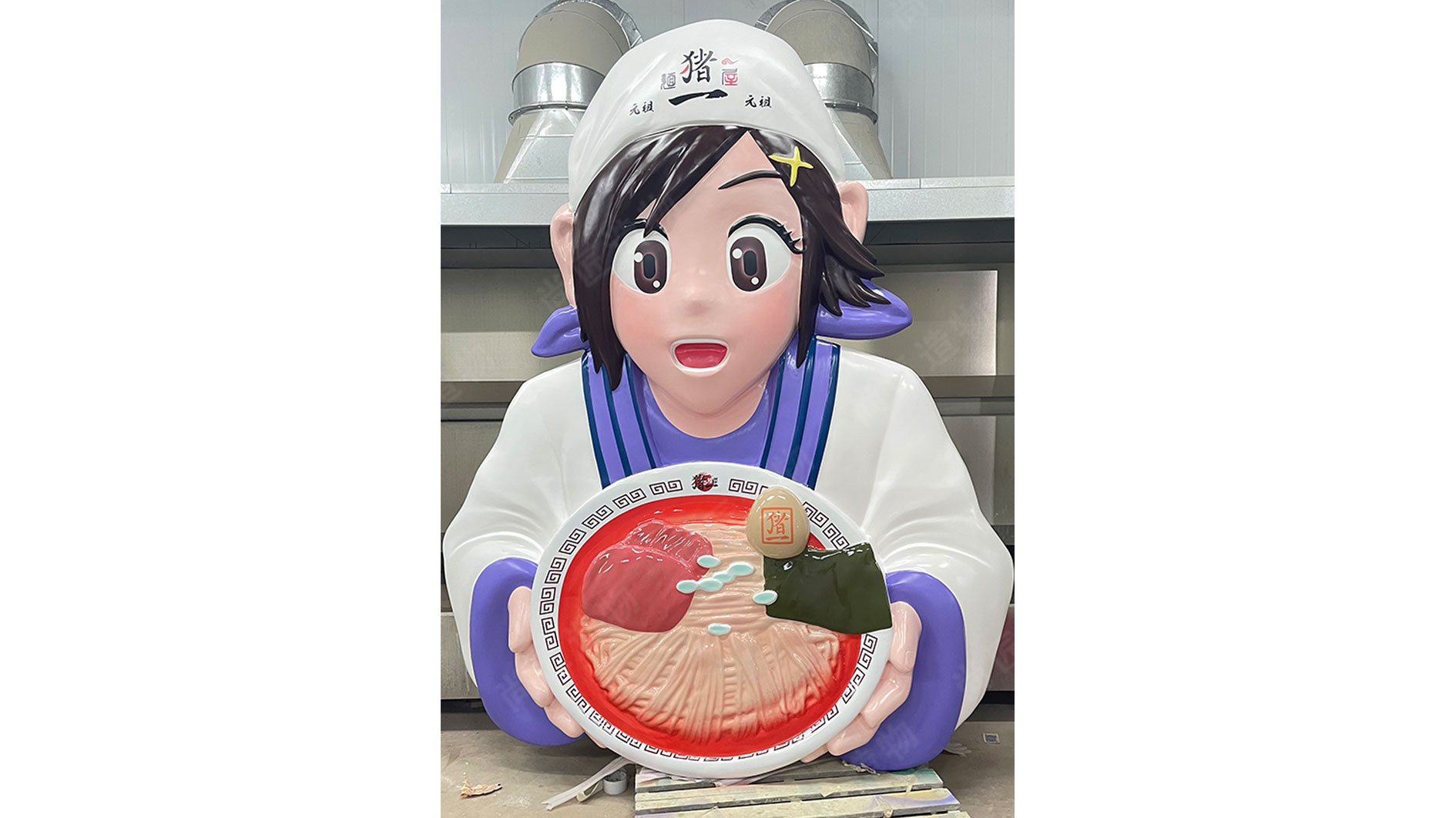
Material Mastery in Cartoon Sculpture
The choice of materials plays a pivotal role in transforming whimsical cartoon designs into tangible, lifelike sculptures. Artists working in this niche balance durability with aesthetic flexibility, often opting for polymer clays for intricate facial expressions or lightweight resins for large-scale installations. For instance, silicone-based compounds allow for subtle skin textures, while metals like aluminum provide structural stability for dynamic poses.
Modern advancements have expanded possibilities—thermochromic pigments enable color-shifting effects, and 3D-printed composites ensure precision in replicating iconic character features. However, traditional materials like bronze remain favored for museum-grade pieces, offering timeless appeal. A key challenge lies in mimicking cartoonish proportions without compromising realism, requiring artists to layer materials strategically. For example, foam cores wrapped in latex create exaggerated limbs that retain movement, while glass eyes add lifelike depth to stylized faces.
The evolution of material science since 1984 has directly influenced educational approaches, with institutions emphasizing hands-on experimentation. Workshops often highlight how material choices impact longevity, particularly for Cartoon sculpture displayed in public spaces, where weather resistance becomes critical. This technical knowledge, paired with artistic vision, ensures that cartoon sculptures captivate audiences through both form and function.
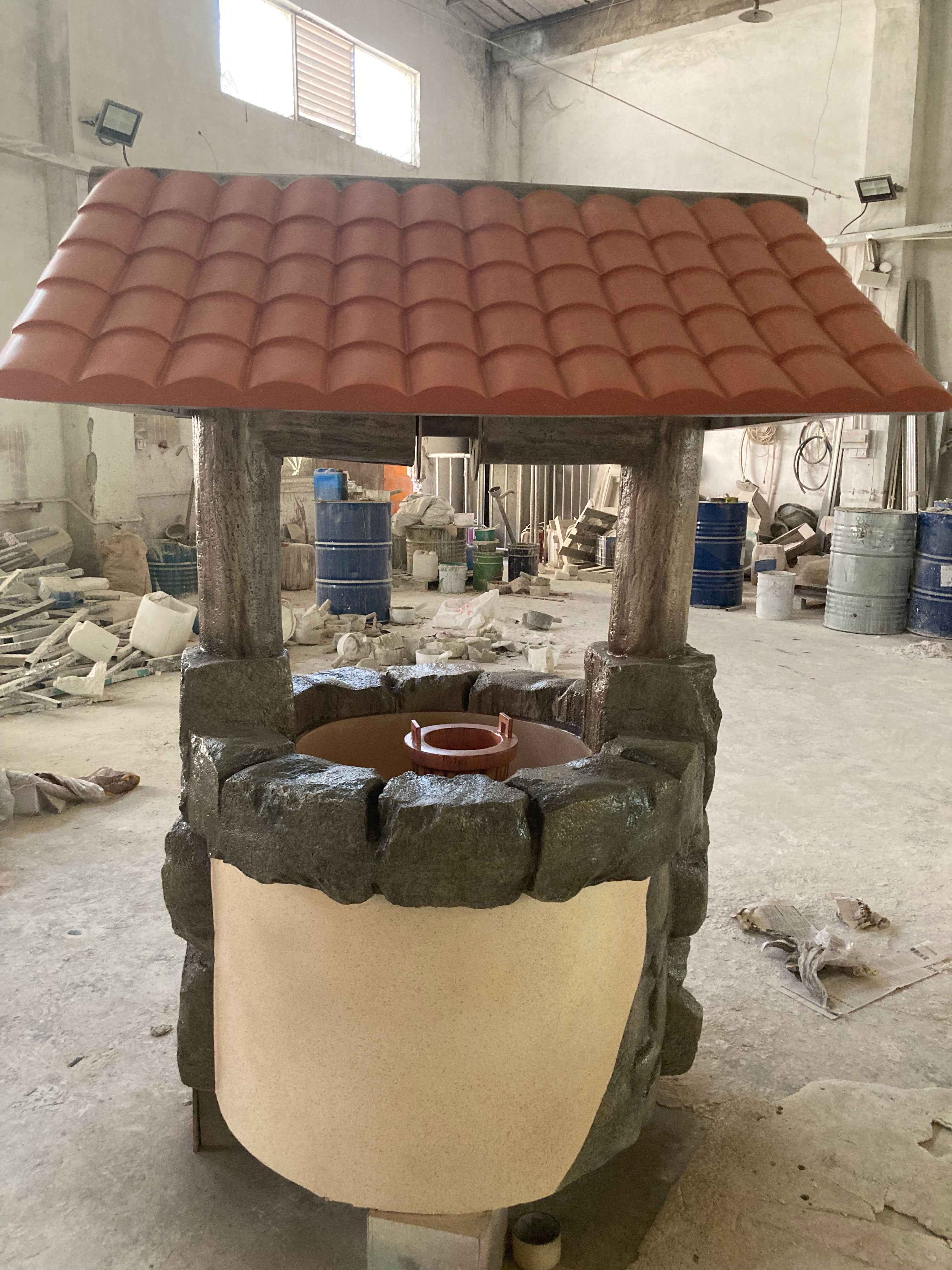
Iconic Characters in 3D Sculpture
The translation of beloved cartoon characters into three-dimensional forms requires a meticulous balance between artistic interpretation and technical precision. Sculptors often begin by studying original 2D designs, analyzing proportions, expressions, and signature poses to ensure recognizability. For example, characters like Mickey Mouse or Spider-Man demand adherence to specific anatomical ratios—exaggerated eyes or dynamic limb positioning—while integrating subtle textures, such as fabric wrinkles or metallic sheen, to enhance realism. Modern 3D modeling software enables artists to refine these details digitally before transitioning to physical materials like polymer clay or bronze.
A critical challenge lies in preserving a character’s whimsical essence while achieving anatomical accuracy. This duality is evident in exhibitions showcasing IP character sculpture, where figures like Pikachu or Bugs Bunny are rendered with lifelike depth yet retain their playful charm. Such works often serve as educational tools, demonstrating how light interacts with curved surfaces or how material choices affect durability. By bridging fantasy and tangible form, these sculptures not only honor iconic designs but also push the boundaries of what cartoon artistry can achieve in physical space.
Cartoon Art Education Since 1984
The formalization of cartoon art education began gaining momentum in 1984, as institutions recognized the growing intersection of traditional sculpting techniques and animated storytelling. Academic programs emerged to teach artists how to balance anatomical accuracy with exaggerated expressions, a hallmark of cartoon sculpture. By integrating 3D modeling software into curricula, schools enabled students to transition from hand-sketched concepts to tangible sculptures, using materials like polymer clay and Fiberglass sculpture for durability and detail. Workshops often emphasized material science, ensuring artists understood how resins, metals, and plastics could mimic textures from glossy cartoon eyes to weathered costume elements.
This educational model also prioritized historical context, analyzing iconic characters from early animation to modern franchises. Students studied how pioneers like Disney animators or Japanese anime sculptors blended realism with fantasy, informing contemporary practices in museum exhibitions and theme park installations. Collaborative projects with studios allowed learners to recreate famous characters while developing original designs, bridging technical skill and creative vision. Today, these programs continue evolving, incorporating digital sculpting tools like ZBrush and Blender, yet the core philosophy remains: mastering the balance between lifelike precision and the whimsical spirit that defines cartoon artistry.
Cartoon Artistry: Precision and Charm
The fusion of precision and charm in cartoon sculpture hinges on balancing technical rigor with creative expression. Artists achieve lifelike accuracy through meticulous anatomical study, often referencing real-world physics to exaggerate features without losing believability. For instance, a character’s exaggerated grin might retain realistic tooth proportions, while their oversized eyes follow principles of light reflection observed in human optics. This duality extends to material choices: silicone mimics skin texture, resin captures glossy accents, and metals like bronze add durability to whimsical forms.
A key challenge lies in preserving a character’s playful essence while adhering to structural integrity. Some creators employ kinetic sculpture techniques to introduce movement, enhancing charm through interactive elements. Meanwhile, advancements in 3D modeling allow millimeter-perfect translations from digital sketches to physical sculptures, ensuring that even the most fantastical designs feel tangibly authentic. Historical exhibitions since 1984 have showcased how this balance evolves—early works prioritized hand-carved imperfections, while modern pieces leverage laser scanning for hyper-detailed finishes. By harmonizing exacting craftsmanship with imaginative flair, artists transform static figures into narratives that resonate across generations.
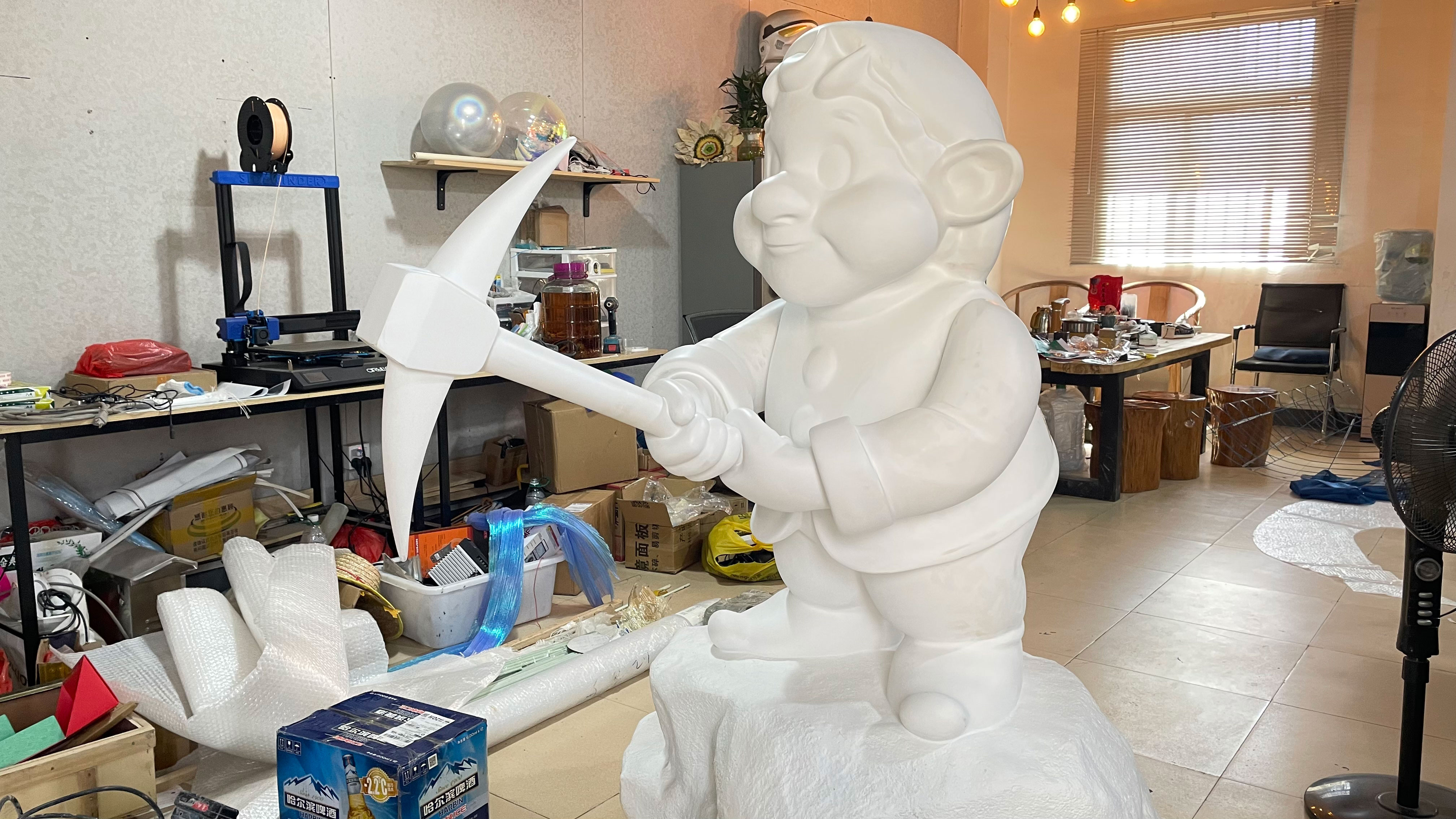
Realistic Cartoon Sculpture Techniques
Realistic cartoon sculpture combines digital innovation with traditional craftsmanship to bridge fantasy and reality. Artists begin by studying character anatomy, exaggerating features like expressive eyes or dynamic poses while preserving proportional accuracy. Advanced 3D modeling software, such as ZBrush or Blender, allows sculptors to refine textures—from fabric wrinkles to metallic sheen—with submillimeter precision. This digital framework is then translated into physical form using materials like polymer clay, resin, or bronze, chosen for their ability to mimic lifelike surfaces.
A critical challenge lies in balancing stylized whimsy with realism. For example, a sculpted cartoon animal might feature anatomically correct musculature beneath its fluffy exterior, achieved through layered material application. Transitioning between digital prototypes and hand-sculpted details ensures characters retain their iconic charm while gaining depth under gallery lighting. Such techniques are taught in art programs worldwide, emphasizing iterative refinement—digital mockups are 3D-printed, adjusted, and recast until the sculpture “breathes” with personality. This process honors both the character’s original design and the artist’s interpretive vision, creating pieces that feel simultaneously familiar and astonishingly vivid.
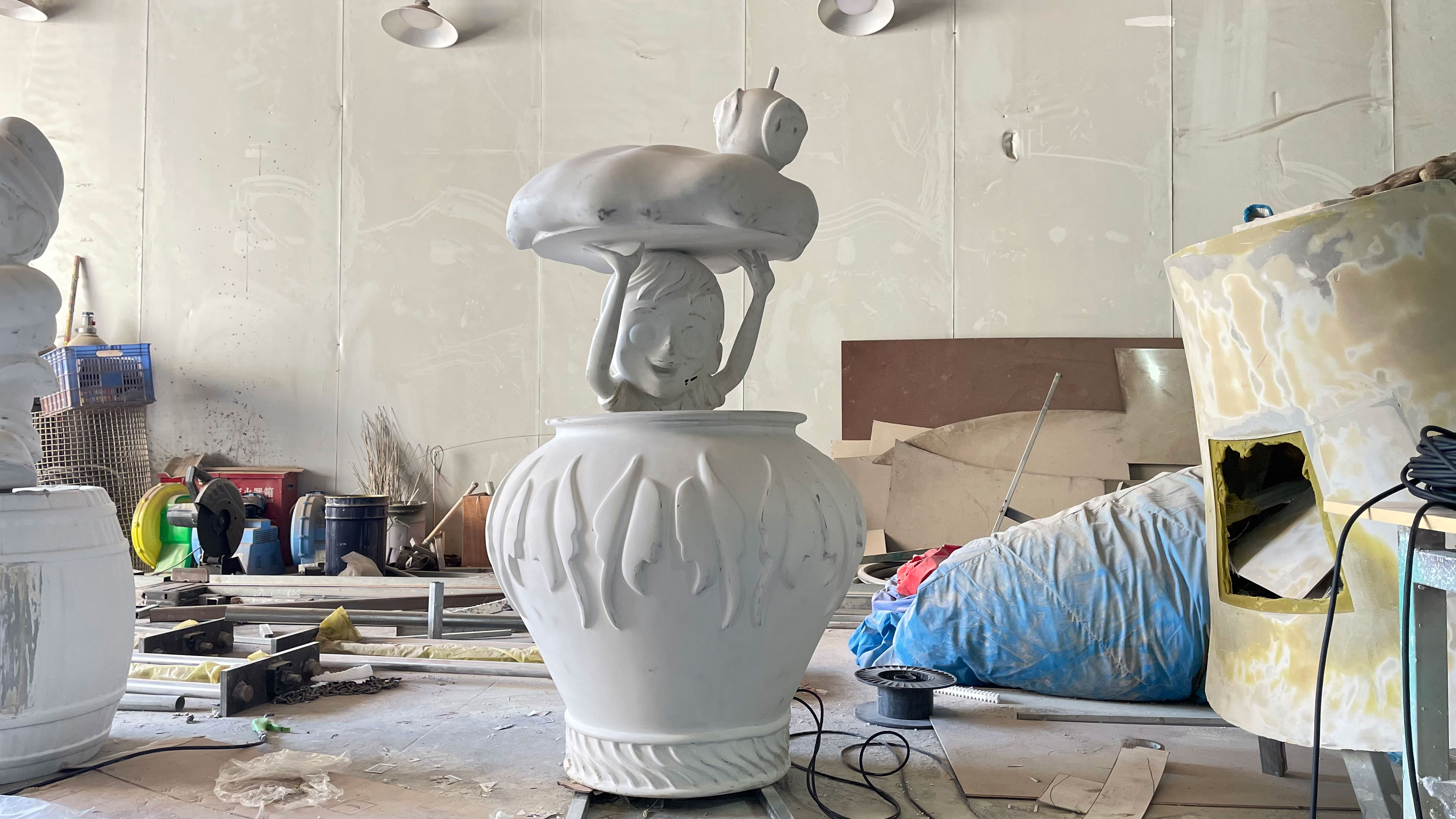
From Sketch to 3D Cartoon Sculpture
The journey from initial sketch to finished 3D cartoon sculpture begins with precise planning. Artists first draft detailed 2D designs, balancing exaggerated features—like oversized eyes or dynamic poses—with anatomical accuracy to maintain believability. These sketches serve as blueprints, guiding every curve and proportion in the final sculpture.
Next, 3D modeling software such as ZBrush or Blender transforms flat drawings into digital sculptures. Artists extrude, carve, and refine virtual clay, layering textures to mimic materials like glossy plastic or weathered metal. This stage requires technical skill to preserve the character’s whimsical essence while ensuring three-dimensional realism. For example, a cartoon character’s comically large feet might need reinforced internal structures to prevent sagging in physical form.
Once the digital model is finalized, sculptors transition to physical materials. Clay or polymer maquettes are often hand-sculpted for small editions, while 3D-printed prototypes enable precise replication for larger series. Techniques like silicone molding or lost-wax casting ensure fine details—such as expressive wrinkles or flowing hair—are preserved in materials like resin or bronze.
This process bridges imagination and reality, allowing beloved cartoon figures to step off the page while retaining their playful charm. By merging traditional artistry with modern technology, sculptors create works that captivate both collectors and casual viewers alike.
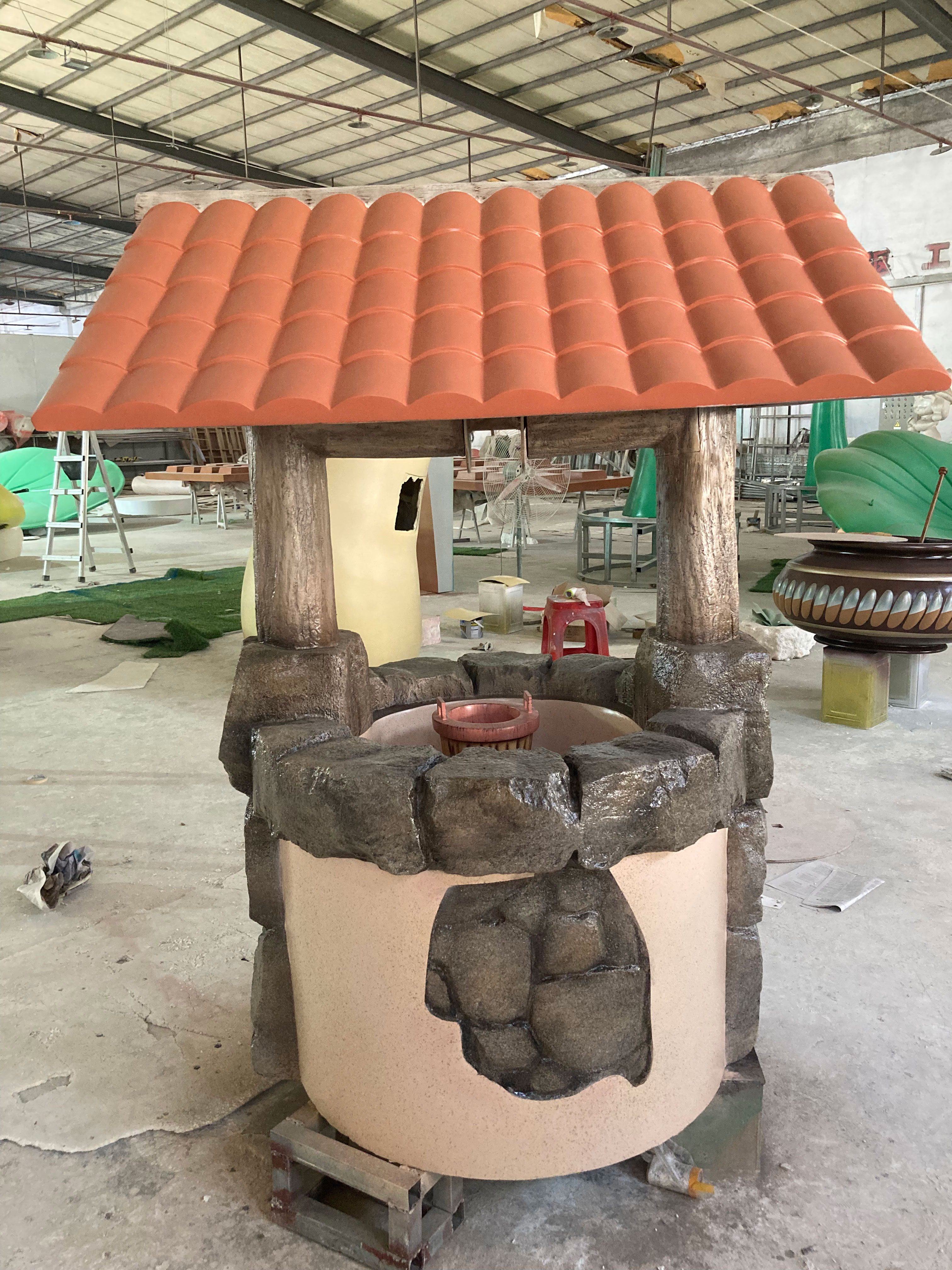
Conclusion
As we’ve explored, realistic cartoon sculpture bridges technical precision and playful imagination, creating works that resonate across generations. By combining advanced 3D modeling with material expertise, artists breathe life into beloved characters while preserving their whimsical essence. This balance of accuracy and charm not only honors the original designs but also invites viewers to rediscover familiar stories through tactile, three-dimensional forms. Educational initiatives since 1984 have further solidified this art form’s role in inspiring new creators, offering workshops and exhibitions that demystify the sculpting process. Whether recreating iconic figures or inventing new ones, the field continues to evolve, proving that even the most fantastical characters can feel astonishingly real when shaped by skilled hands. As technology advances, so too does the potential for innovation—ensuring cartoon sculpture remains a dynamic intersection of art, craft, and storytelling.
FAQs
What defines a "realistic" cartoon sculpture?
Realistic cartoon sculptures balance anatomical accuracy with exaggerated features, capturing lifelike textures like skin or fabric while preserving the character’s playful essence. This requires meticulous attention to proportions and surface details.
How do 3D modeling techniques enhance cartoon sculptures?
Digital tools allow artists to refine proportions, test dynamic poses, and simulate materials before physical creation. Software like ZBrush or Blender helps bridge whimsical designs with tangible precision, ensuring consistency in complex shapes.
Which materials are best for durable cartoon sculptures?
Polymer clays and resins offer flexibility for intricate details, while metals like bronze are used for outdoor installations. Material choice depends on the sculpture’s purpose—exhibition pieces prioritize detail, whereas public works focus on weather resistance.
Can classic 2D cartoon characters translate well into 3D?
Yes, but it demands reinterpretation. Artists analyze original linework to adapt flat shapes into volumetric forms, often adding depth to features like eyes or clothing folds while retaining the character’s recognizable silhouette.
How have educational programs influenced cartoon sculpture since 1984?
Workshops and exhibitions have demystified techniques like armature building or mold-making, empowering artists to experiment. Institutions often blend traditional sculpting principles with digital workflows, fostering innovation in the field.
What challenges arise when mixing realism with cartoonish charm?
Overemphasizing realism can strip a character of its whimsy, while too much exaggeration may reduce believability. Successful pieces strike a balance, using subtle textures or lighting to anchor fantasy elements in tangible reality.
 ch
ch English
English






